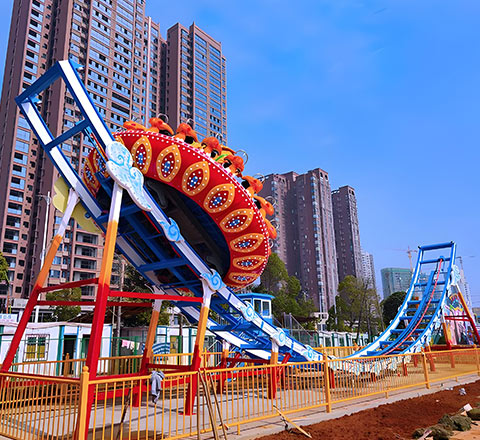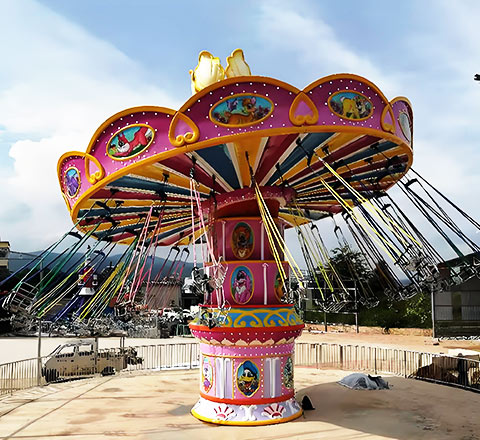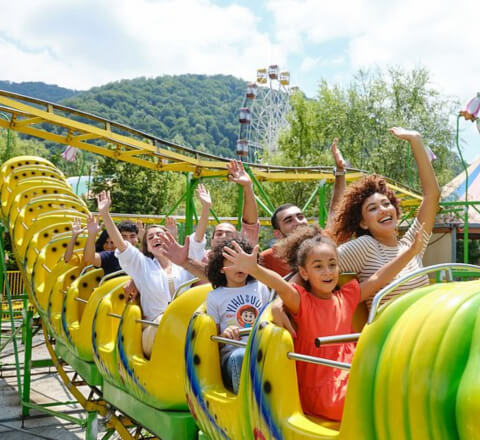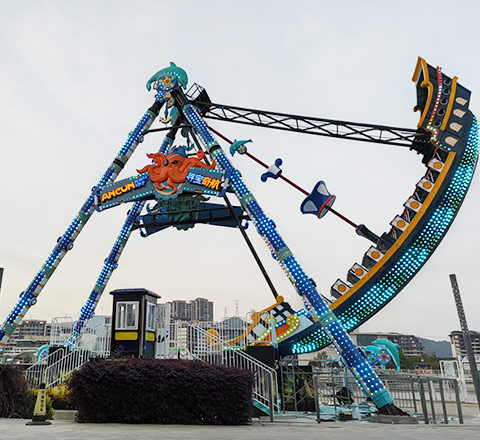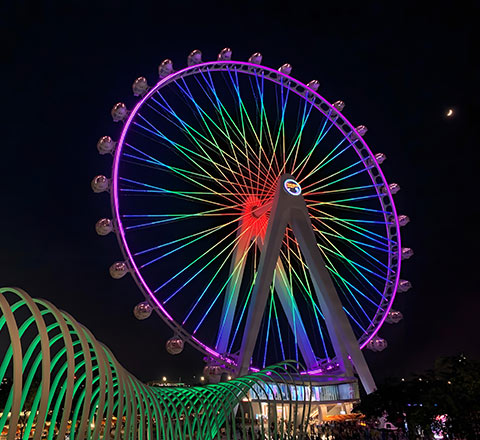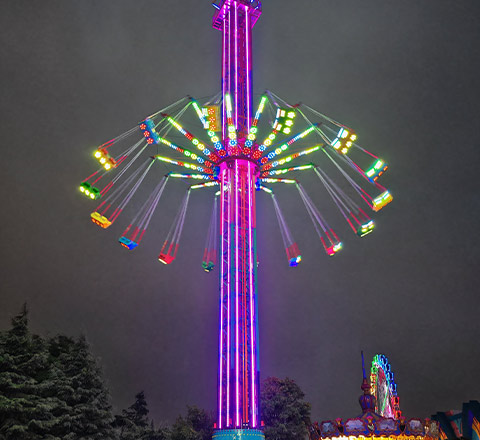Designing an amusement park layout isn’t just about putting rides on a map—it’s about creating a seamless, exciting guest experience that keeps people happy (and spending). Let’s break down what makes a park layout truly great, with real tips, practical advice, and examples you can use for your next project.
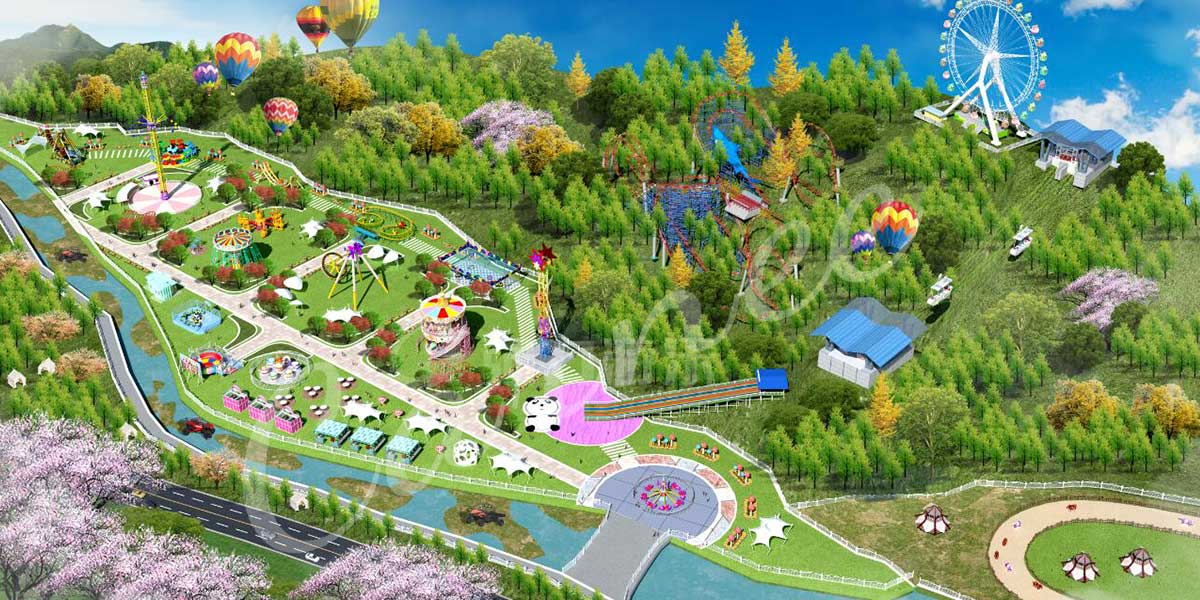
Why Does Layout Matter in an Amusement Park?
A smart layout is the backbone of every successful park. It’s what helps visitors get around, discover new attractions, and make the most of their day, without getting lost or frustrated.
Benefits of a great layout:
- Easy for all ages to navigate
- Smooth crowd flow, fewer bottlenecks
- Safer in emergencies
- Better access to food, toilets, and must-see attractions
- Guests spend more time (and money) in the park
A clear layout is the backbone of a successful amusement park.
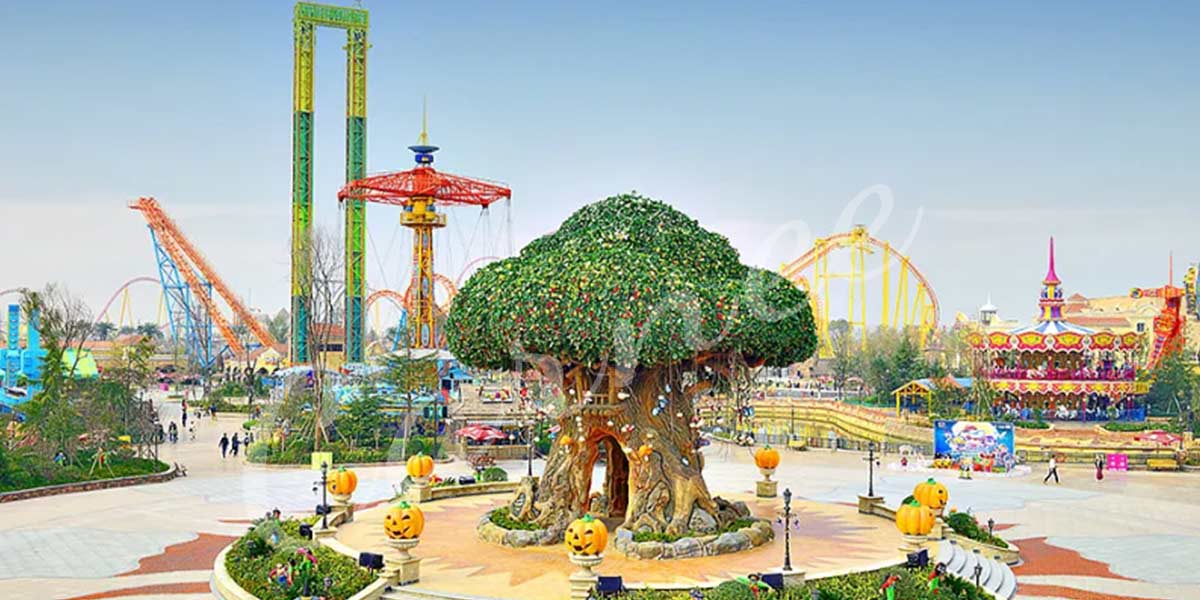
Key Zones in an Amusement Park Layout
Every effective park is divided into zones, each with a clear purpose and theme. Here’s how to break it down:
1. Entrance and Ticketing Area
- Wide, welcoming gates and clear signage
- Ticket booths, security checks, and info desks
- Digital park maps or app download points
2. Main Pathways and Circulation
- Circular or hub-and-spoke layouts work best (think Disneyland)
- Wide paths for crowds; plazas, not just narrow walkways
- Clear signs and sightlines at every junction
3. Themed Attraction Zones
Divide your park into themed areas for a varied and immersive experience.
| Zone Type | Theme Examples | Common Features |
| Adventure | Jungle, Pirates | Thrill rides, rope courses |
| Fantasy | Magic, Fairytales | Family rides, shows, mascots |
| Tech/Future | Space, Robots | Simulators, AR, neon lighting |
| Water | Beach, Tropics | Water rides, splash areas |
4. Food Courts and Seating Areas
- Place small hubs with food, drink, and shaded tables throughout
- Open plazas near major rides for crowds to relax and refuel
5. Restrooms, First Aid, and Accessibility
- Restrooms every 300–500m, always clearly marked
- First aid and accessibility services near major zones
Insider Tips for Optimising Your Layout
- Tiered Shopping & Food Hubs:
Centre each themed area with a plaza that features food, shops, and a handful of smaller rides, while placing the larger coasters just outside the hub for maximum impact. - Natural Flow, Not Grids:
Design with curved paths, plazas, and natural landscaping instead of a strict grid. This approach, inspired by parks like Disney and Dollywood, makes navigation intuitive and visually appealing. - Balance Excitement:
Mix thrill rides, family attractions, and quiet zones so every guest can find their pace and enjoy the experience. - Plan for Emergency Access:
Always ensure there’s behind-the-scenes access for emergency vehicles and staff. - Use Master Planning Tools:
Begin with an experience matrix, then sketch a master plan before moving to CAD or 3D software to refine your design. This helps visualise the best locations for different types of amusement park rides within your layout. Want more details? Check out our full guide: Theme Park Planning and Design: Your Complete Guide
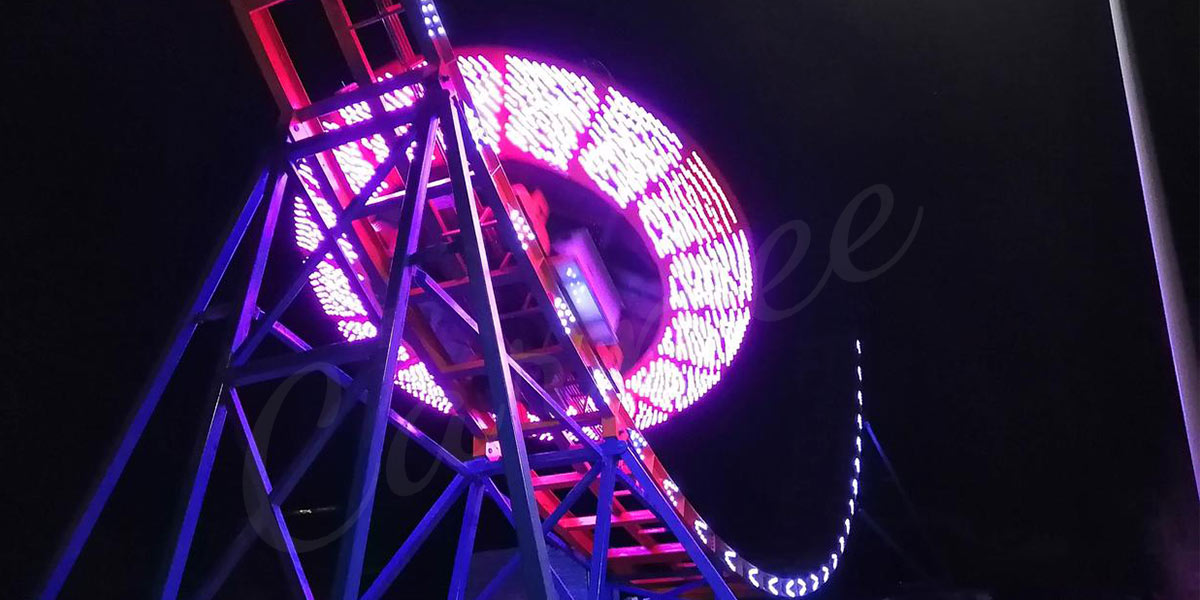
Sample Layout Structure (At-a-Glance Table)
| Section | Purpose | Placement Suggestion |
| Entrance Area | Welcome, ticketing | Front and center |
| Main Pathway Loop | Easy movement | Circular or branching |
| Attraction Zones | Fun & experience | Around main paths |
| Food/Rest Areas | Breaks, meals | Every major zone |
| Services | Comfort, emergencies | Frequent, central spots |
Real-World Examples
- Disney Parks:
Famous for the hub-and-spoke layout, with a central plaza leading to themed “lands.” - Dollywood:
Uses natural elevation for dramatic views and logical area splits. - Modern Parks:
More open plazas, larger path widths, and clustered service hubs for smoother guest flow.
For a deep dive, see:
Your Guide to Theme Park Design (Part I: Planning An Amusement Park Layout)
Final Thoughts
A great amusement park layout is about more than just a map—it’s a strategy for fun, safety, and guest satisfaction. By splitting the park into clear zones, optimizing paths, and ensuring comfort at every turn, you’ll keep guests coming back for more.
The best layouts guide the fun without making it feel guided.
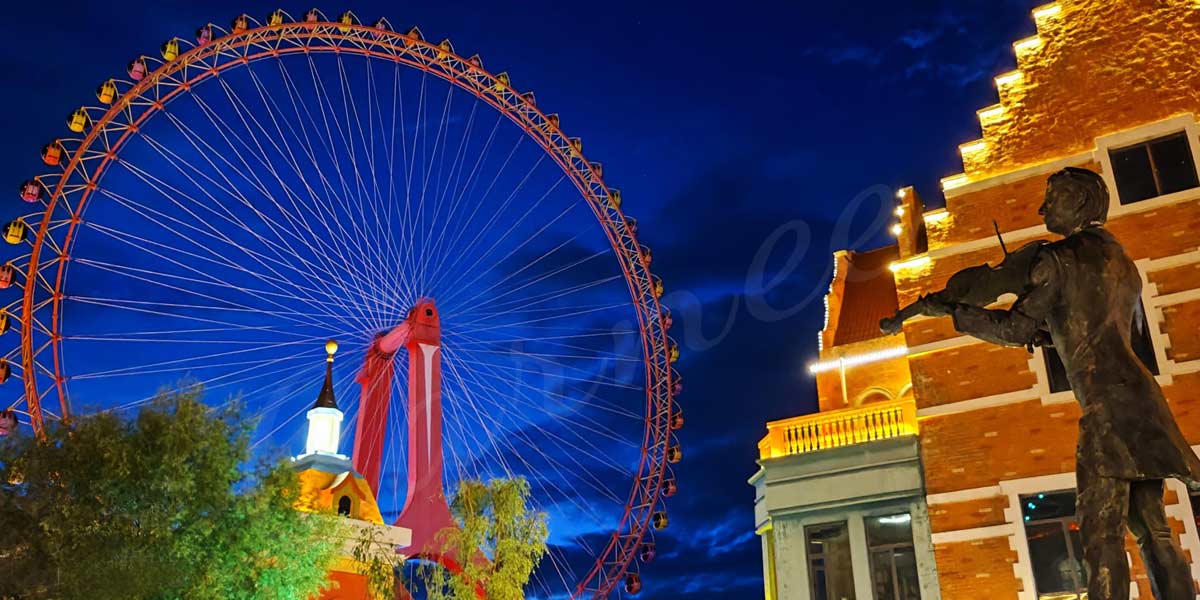
Frequently Asked Questions (FAQ)
Want more inspiration?
Explore: How to Design a Theme Park: The Ultimate Step-by-Step Guide (2025)
If you want a custom layout for your project or need high-quality amusement park rides, Carnee Rides Amusement Park Rides Manufacturer is here to help!

